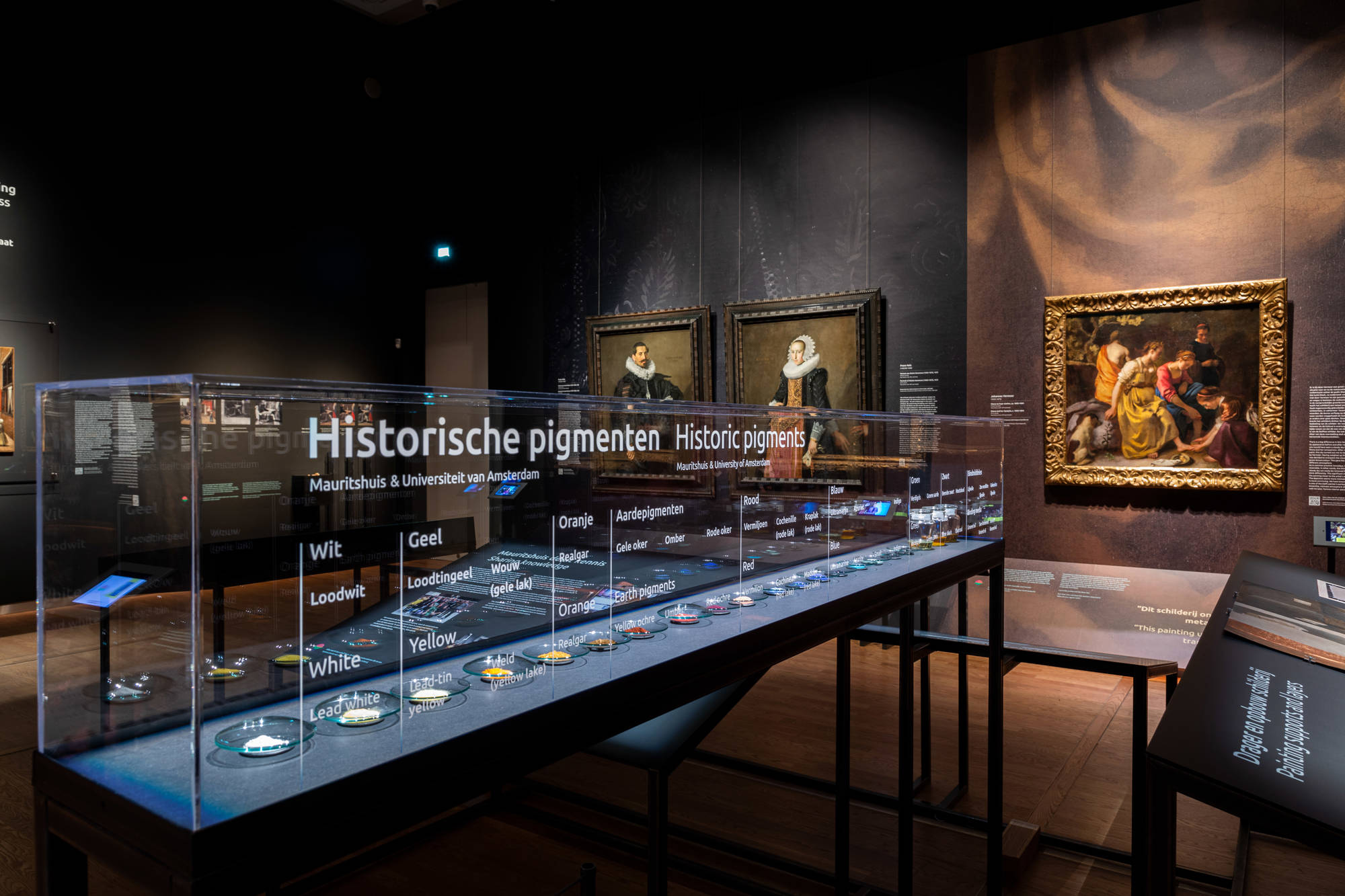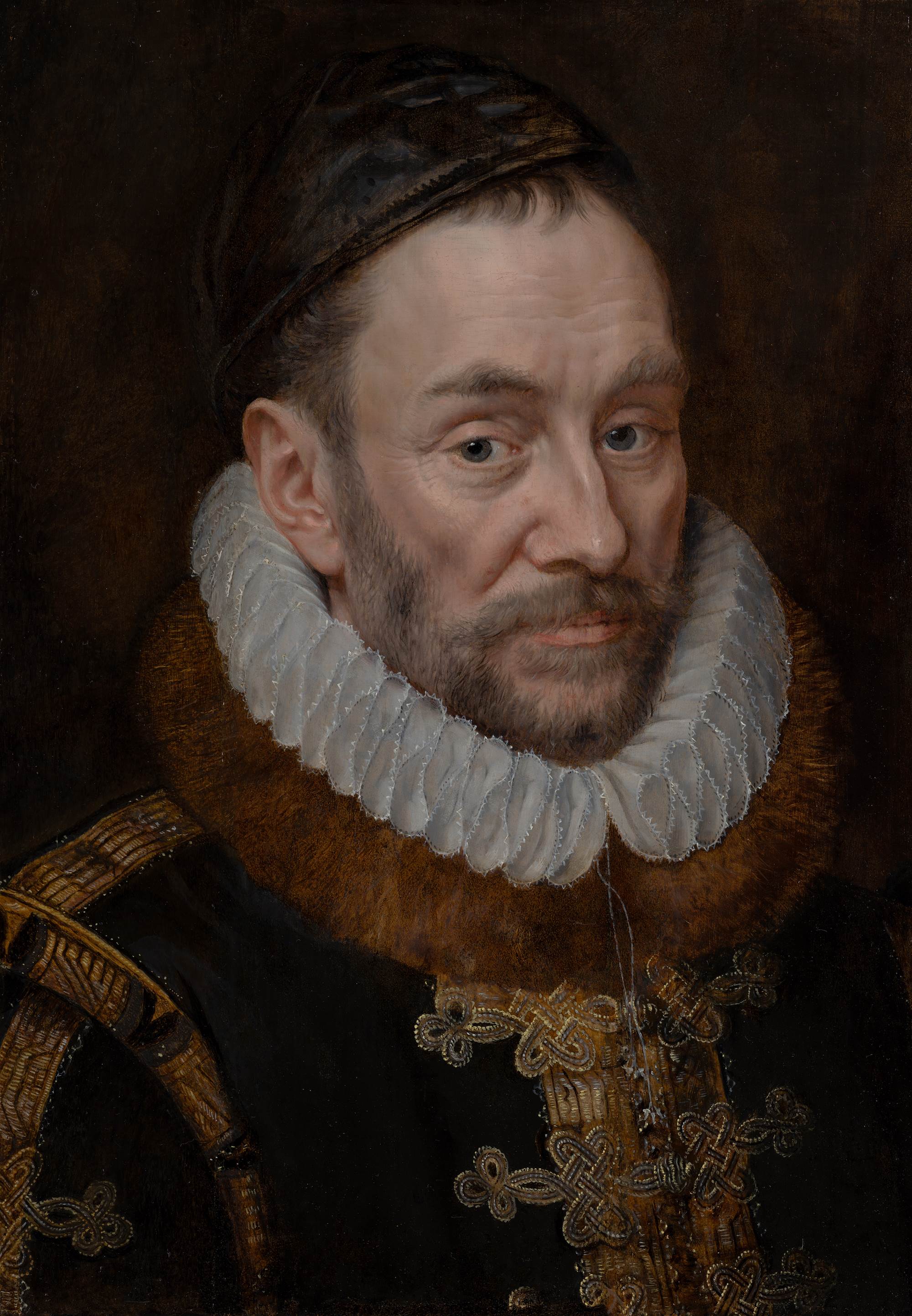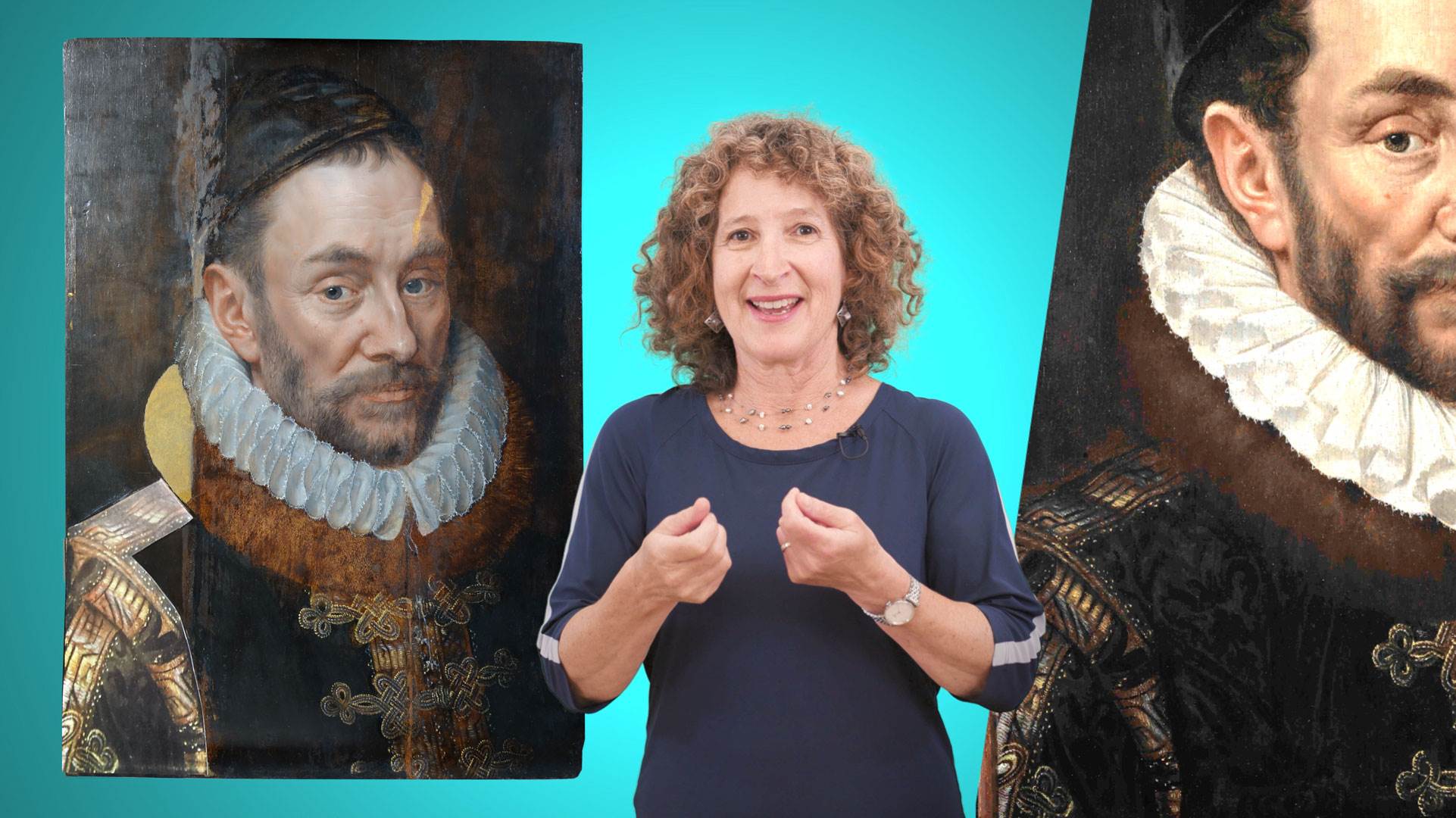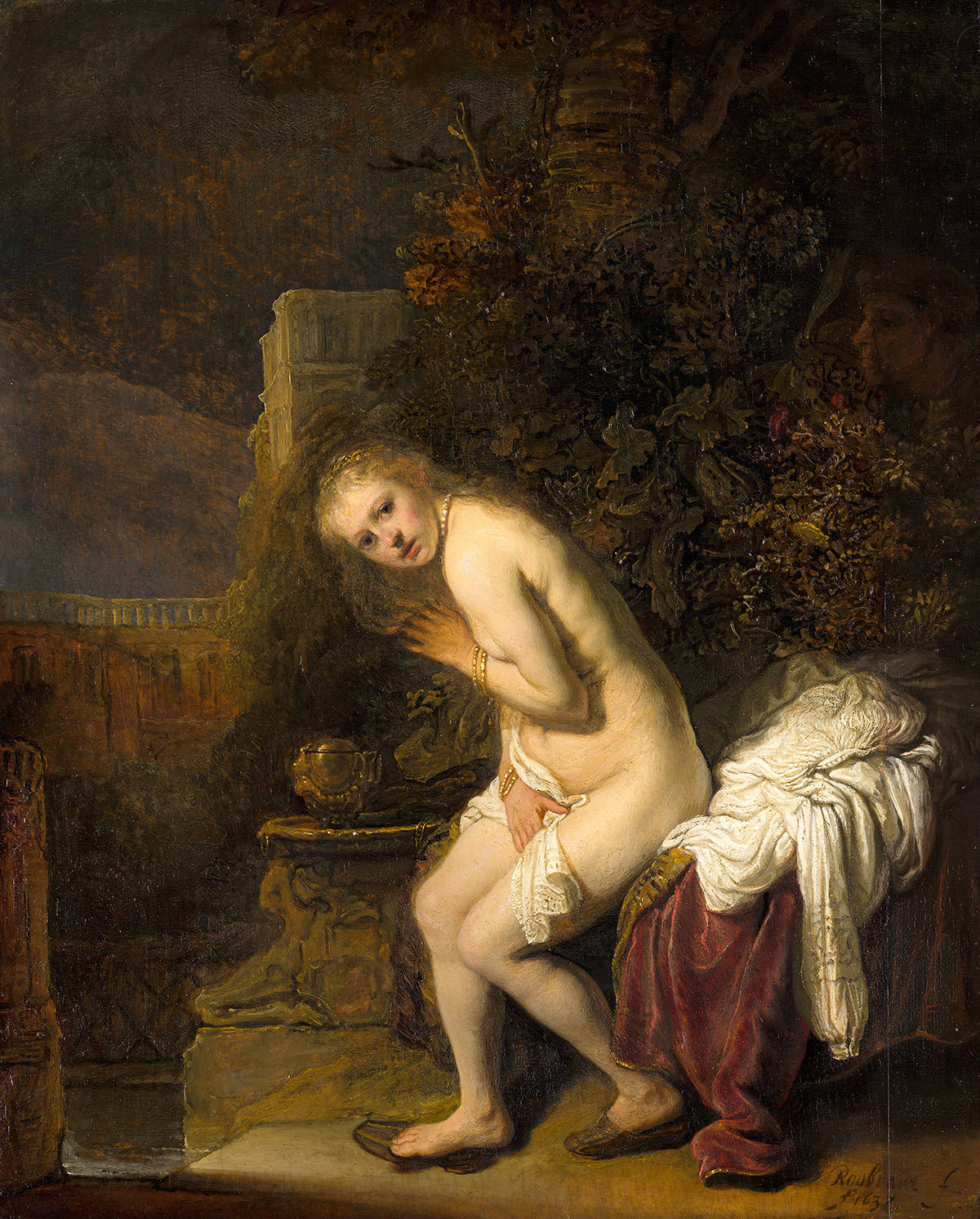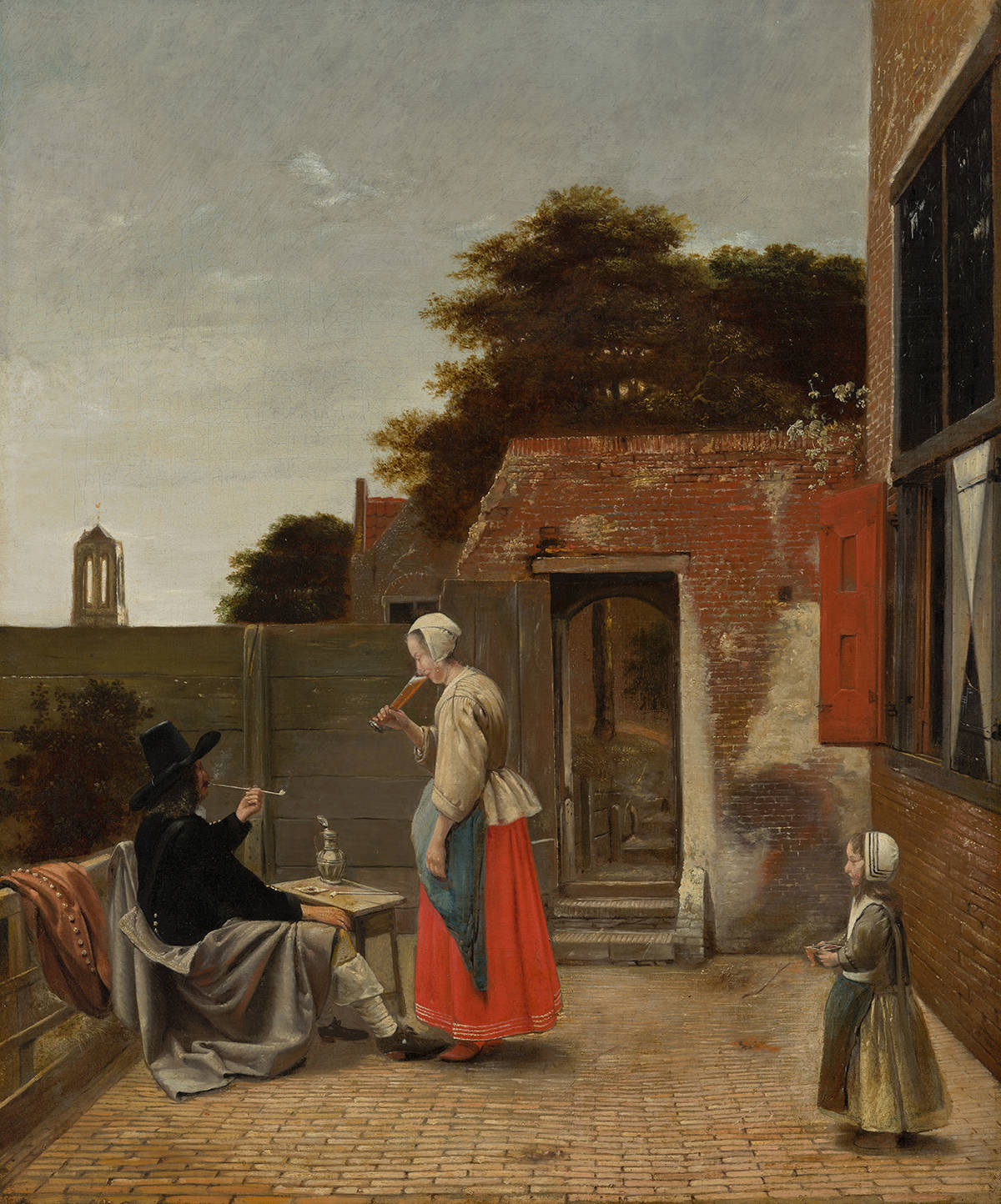A sneak peek in our conservation studio
Before we enter the exhibition room, our conservators Carol Pottasch, Sabrina Meloni and Abbie Vandivere take you on a tour through the restoration studio.
The location of the studio is extremely useful for the conservators as it means they can work close to the collection; however, it was not built to accommodate museum visitors. Nonetheless we really want to share our discoveries and research with you, which is why we have organised this exhibition.

